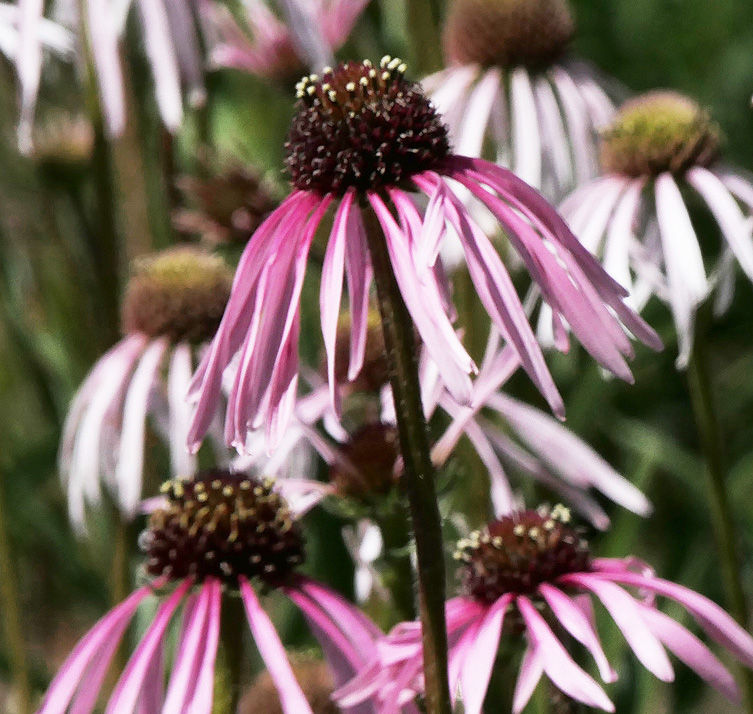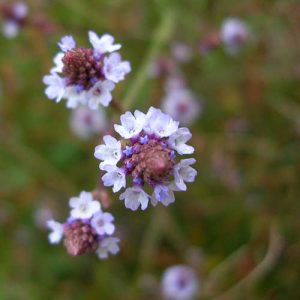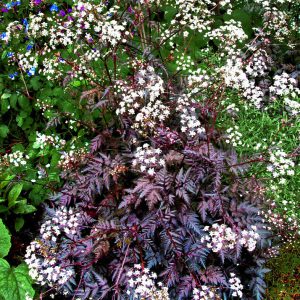- 1-9 pkts $4.50
- 10 pkts FREE
- Express post $12
Echinacea pallida ‘Hula Dancer’
HULA DANCER CONEFLOWER
Elegant, long drooping petals forming hula skirts of palest pink, give lovely Echinacea pallida ‘Hula Dancer’ it’s cultivar name.
Hula skirts of long draping soft pink
‘Hula Dancer’ has softer pink, and even longer petals, than straight Echinacea pallida.
As the squadrons of soft pink ribbon petals sway in the breeze, they really do look like a troop of graceful Hula Dancers, each with a decorative cone in the centre.
Procession of prolific blooms
Echinacea pallida ‘Hula Dancer’ gives a procession of prolific blooms through summer & autumn.
And begins blooming earlier than most other Echinacea.
It provides excellent cut flowers which can be used in the vase either fresh or dried.
Plus decorative & useful seed cones
And even after the flowers have finished, the cones remain as decorative features.
You can even leave the dried cones to provide food for seed eating birds in the winter.
Water-wise, hardy & low maintenance
Echinacea pallida ‘Hula Dancer’ is easy to grow and low maintenance.
Because it is drought hardy, water-wise, and frost hardy.
And can even cope in poorer soils, including clay and rocky soils.
In fact it prefers a leaner diet and blooms better on shorter rations.
It is also suitable for gardens where summer brings humidity.
(See “Growing” section below for details).
Thrives lean & mean
‘Hula Dancer’ Coneflower certainly does not need a lot of feeding, trimming or fuss.
It gives abundant value for a minimum of effort in the garden.
Just cut back the spent flower stems when you want, or leave them as a treat for the winter birds.
Echinacea pallida ‘Hula Dancer’ is an evergreen perennial clump with a low, neat rosette of foliage.
But when it begins to bloom in summer it becomes a star on the garden stage.
Rabbit & deer resistant plant
Rabbits and deer rarely trouble mature plants of Echinacea (no-one told the beats that Echinacea is reputed to boost the immune system – Sssshhhhhh).
Though they may nibble on fresh shoots in a hungry year, Echinacea is not generally one of their favourite foods.
Pollinator favourite – top of the pops in autumn
Echinacea pallida blooms are beloved by a wide range of our useful pollinators – from honeybees to solitary native bees; from butterflies to moths; from honey-eater native birds to autumn seed eaters.
The prominent central cones are rich in pollen and nectar, and at a useful time of year during the autumn when not so many other flowers are available.
Then if you do not cut all the blooms – the remaining decorative, long-lasting seed heads are a boon to seed eating birds in winter.
Quick from seed to flowers
Echinacea pallida will flower in 11 to 15 weeks from seed sowing.
So blooms are possible in the first year from sowing the seed
Hardy perennial
Echinacea pallida makes an impressive, hardy perennial clump.
80cm. Tall in flower and cone x 45cm. Wide neat clump of foliage.
SEED SOWING ADVICE: QUICK & EASY
Suitable for beginners & kids
Sow at any time of year in a punnet indoors – whenever suitable temperatures are available (20-24°C).
OR
Sow in the garden during late winter & spring or late summer & autumn.
Indoors for fast & early plants: First sow seeds in a punnet on surface of good quality seed raising mix.
Then pat the seeds gently to the surface of the mix ensure good contact.
But only barely cover the seeds with sieved mix because light is needed for germination with these seeds.
Now thoroughly moisten the punnet by standing it in a shallow water bath.
And allowing the moisture to percolate to the surface of the mix from below.
Then stand the punnet in a warm, well-lit position (not in direct sunlight).
And continue to keep moist by misting with a spray water bottle.
Temperatures of 20-24°C approx. are ideal for rapid and optimum germination.
Germination may start in just 5 days and continue up to 20 days after sowing.
Echinacea will flower in 11 to 15 weeks from sowing – so flowers are possible in the first year grown from seed.
Then prick out the seedlings once they large enough to handle.
And transplant into pots to grow on for planting out into the garden.
Seed Count: 20 seeds per pack approx.
(We always aim to exceed the stated seed count, and give a generous serve).
GROWING: Echinacea pallida ‘Hula Dancer’
Height with flowers: Blooms over summer and autumn on strong, weatherproof stems to approx. 80cm. high.
Width: Neat, tight, evergreen clump of foliage to a diameter of 45cm. approx.
Position: Echinacea are hardy growers in Full Sun, though they can also tolerate and perform well in some Partial Shade. As long as they are in a well drained position and not in damp shade.
Easily pleased, unfussy plants
Soil: Echinacea are considered very easy to please plants.
Because they will happily tolerate poor, rocky soil, sandy or dry soils, as well as normal, average garden soil.
So they perform better when they are not overfed or pampered with rich soil.
Unfussy Echinacea can also can tolerate clay soils as long as they do not remain wet and mucky.
Plus they are tolerant of alkaline, lime soils.
Frost: Echinacea are very frost hardy, as they can tolerate hard frosts to down below -20C.
Humidity: Echinacea also tolerate summer humidity well.
Water-wise: Echinacea are excellent water-wise perennials, because they have a low water need once established.
Garden assets
Fragrance: Echinacea are magnificent and long lasting cut flowers, even though they have little to no scent.
Growth: Echinacea make a neat, hardy, evergreen perennial clump.
Bees & birds: Nectar and pollen rich cones provide much needed energy food over the warmer months for bees and butterflies. Then if you leave the decorative cones to dry, they will also provide seed for small native seed eating birds into winter.
Easy, low care
Care: Echinacea pallida are very easy care, low maintenance plants.
They are rarely if ever troubled by pests or diseases.
The only possible maintenance work is to harvest the flower stems for flower vases, or to tidy off the spent flower stems at the end of autumn (though leave the cones to dry into winter if you wish to attract small seed eating birds to your garden).
Deer & Rabbit resistant: Echinacea are fortunately not particularly attractive to either rabbits or deer.
Origin: Echinacea pallida are native to the prairies of Eastern and Central North America, where they grow in a very wide range of conditions. This of course accounts for their hardiness and unfussy nature in the garden.
A much loved traditional & modern medicinal plant
Echinacea pallida was always an important ingredient in the medicine chest for native American First Nation people. They used it to treat rheumatism and arthritis, for healing burns and wounds, and especially to treat snake and spider bites (though I would prefer an anti-venom injection myself!!!).
Plus a pet Hedgehog
The botanical name for Echinacea comes from the Greek for prickly Hedgehog.
Of course this refers to the decorative cones. But don’t worry – the cones are not prickly and just irresistible to pat.
Click here for Open Gardens Information
https://www.gardivalia.com.au/open-gardens
Click here to go back to Seeds Shop
https://www.seedscape.net.au/shop/
Related products
-
Add to WishlistAlready In WishlistAdd to Wishlist
-
Add to WishlistAlready In WishlistAdd to Wishlist
-
Add to WishlistAlready In WishlistAdd to Wishlist
-
Add to WishlistAlready In WishlistAdd to Wishlist





